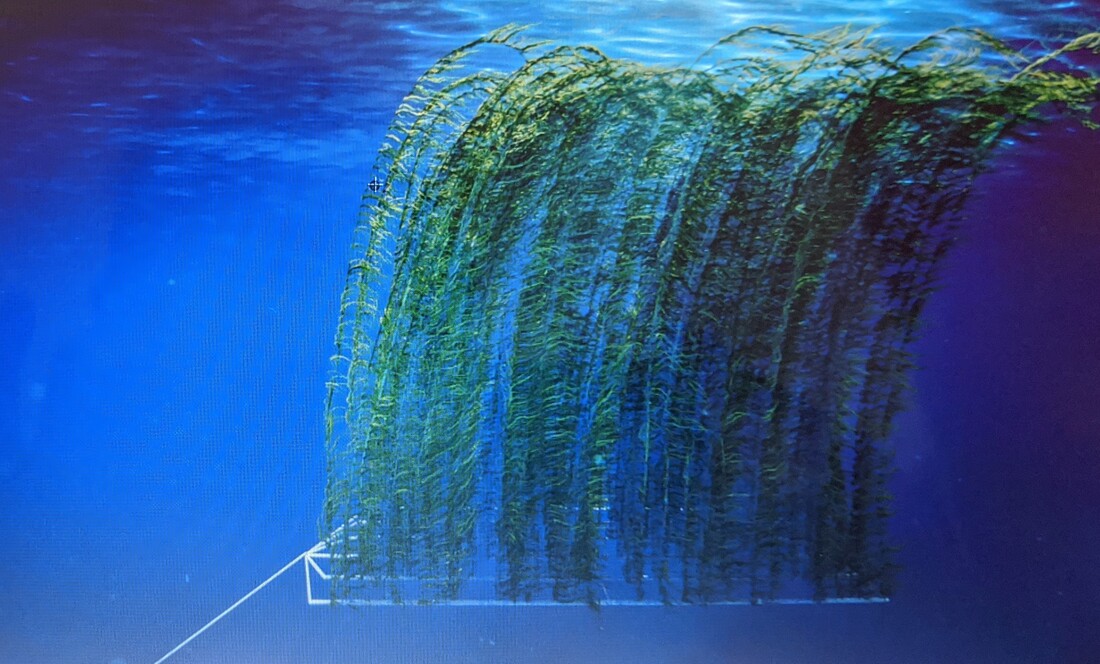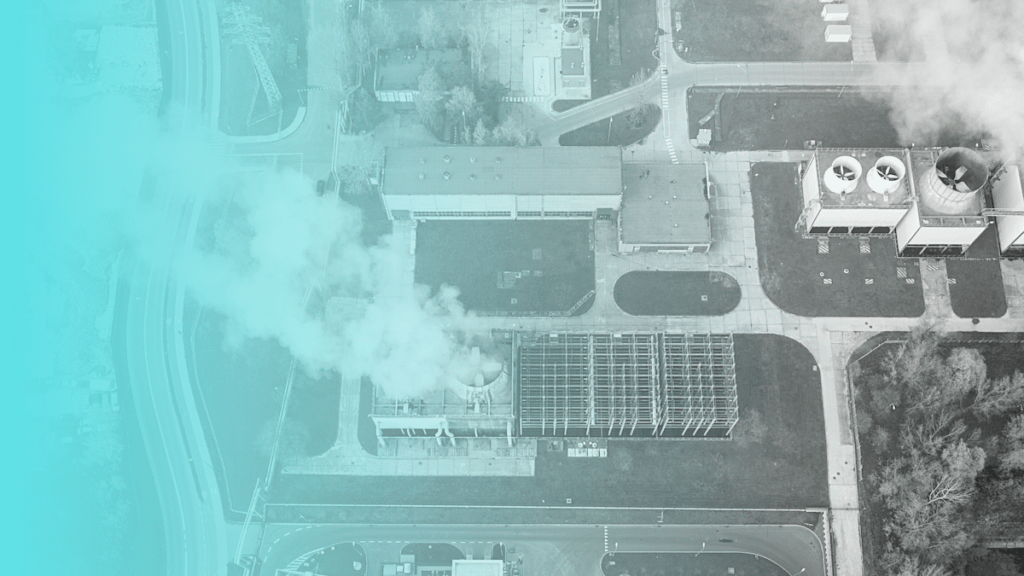Carbon capture technology is a process of removing carbon dioxide from the atmosphere. This can be done through different methods such as planting trees, using carbon capture and storage devices, or by direct air capture.
Direct air capture technology involves using a machine to suck in air and then filter out the carbon dioxide. The carbon dioxide can then be stored and sequestered or used in other ways like creating diamonds, flooring, physical products and even vodka!
Direct air capture (DAC) is a process of capturing carbon dioxide from the atmosphere and storing it underground. DAC can help to reduce greenhouse gas emissions and combat climate change.
Carbon Capture and Storage
Carbon capture and storage (CCS) is a process of capturing carbon dioxide from power plants or other industrial facilities and then storing it deep underground.
CCS technology is still in development, and there are a number of challenges that need to be addressed before it can be widely implemented.
These include the high costs of capture and storage, and the potential for carbon dioxide to leak out of storage sites.
Below are some innovative startups trying to solve for these problems.
They are not only enhancing humanity’s ability to cope with climate change, but also generate a boom in job creation that will span across economic landscapes.
Carbyon
Carbyon is developing equipment to filter CO2 from the air and store it underground. The purpose of the company is to turn direct air capture into an affordable and scalable technology that can be used to turn the corner on climate change.
Recently, the Dutch start-up was named a Milestone Award winner of the XPRIZE for Carbon Removal. This $1 million incentive prize, funded by Elon Musk and the Musk Foundation, is part of the four-year global XPRIZE competition.
Listen to more Causeartist podcasts here.
Carbyon is located at the High Tech Campus in Eindhoven, the Netherlands. This is one of the world’s leading technology research and innovation centers. Carbyon is a team of scientists and engineers working closely together on one common goal: scale up this technology cost-effectively and provide the world with a powerful tool in the fight against climate change.
Their technology is aimed at saving our planet from climate change. The company strives to maximize impact towards this purpose. Profit serves as a means to achieve this and is not an end in itself.
Planetary
Based in Nova Scotia, Planetary Hydrogen is commercializing a technology that removes carbon from the air and permanently stores it in seawater chemistry by restoring local ocean pH.
This is known as ocean alkalinity enhancement (OAE). They begin by producing low-carbon alkalinity using mine tailings, renewable power and water.

During the process, they generated valuable co-products like hydrogen and battery metals necessary for decarbonization.
The flexibility of the platform allows the use of various types of mine waste of which there are hundreds of billions of billions of tons worldwide already dug up out of the ground.
The Planetary’s platform has four main benefits:
- It removes carbon from the atmosphere and permanently stores it with ocean chemistry
- It produces valuable by-products necessary for decarbonization
- it remediates mine waste
- and, it reduces local ocean acidification helping to restore marine ecosystems.
Safi Organics
Based in Kenya, Safi Organics uses MIT technology to build decentralized IoT-enabled reactor networks to rapidly and profitably scale biochar deployment without being dependent on carbon offset credits.
The patent-pending, low-cost, and portable hardware systems enable village-based production of customizable biochar-based fertilizers using locally available crop residues and labor.
The innovative fertilizer blend helps farmers improve their yield by up to 30% and net income by 50%, making the unit economics of the supply chain work without the reliance on subsidies or carbon credits.
Sustaera
The Sustaera team has developed a novel technology for the Direct Air Capture (DAC) of CO2, powered entirely by carbon-free electricity.
It achieves this by using an abundantly available, low-cost capture agent (alkali metal based) in a modular design that can work in any geographic location in a wide range of ambient temperatures and humidity.
The engineered solution for DAC consumes <100 acres of land per million metric tons/year (MTPA) of CO2 sequestered, significantly lower than land-based or natural CO2 capture methods, to provide a platform technology for gigatons of CO2 removal and permanent storage.
Sustaera aims to remove 500 million tons of CO2 over the next 20 years.
Global Algae Innovations
According to Global Algae Innovationsbased in San Diego, the solution to deforestation is the cultivation of algae for simultaneous production of edible protein and oil.
Algae farming is 25 times more productive than soy and palm oil, so communities can restore the environment, prosper economically, and meet the world’s growing protein and oil demand.

Each acre of algae can produce protein equivalent to 17 acres of soy and vegetable oil equivalent to 8 acres of palm, so 25 times less land is required for production of these important commodities.
The particular Global Algae project includes buying land in South America currently used for protein production, allowing the rainforest to regrow on most of the land, and growing algae on a small portion such that the total protein production is the same as could be produced from all of the land with conventional crops.
With a 6-fold increase of revenue coming into the community due to their renewable, sustainable source that generates both oil and protein; This project will create higher paying jobs.
The algae farm offers an opportunity not just provide food but also generate cash flow while simultaneously tackle global issues like climate change – all without damaging the environment or sacrificing any wildlife.
The project sequesters carbon dioxide in two ways.
- First, the algae cultivation directly captures carbon dioxide from the atmosphere, and a portion of the algal oil is converted into polymer products for long-term sequestration of the carbon.
- Second, the rainforest regrowth will capture carbon dioxide and store it in both above ground and below ground biomass.
The initial megaton project will capture and sequester 12 million metric tons per year, 1 million tons in polymer products and 11 million tons in rainforest regrowth.
Carbin Minerals
Based in Vancouver, Carbin Minerals unlocks the carbon dioxide removal potential of mine waste. Their technology will enable mines to become massive carbon sinks, while producing the metals needed to drive the clean energy transition.

According to the company, certain mine tailings can permanently remove CO2 directly from the atmosphere through a process known as carbon mineralization.
Carbin Minerals has developed proprietary technologies to optimize and accelerate that process, creating the potential for gigaton-scale capture and permanent storage of atmospheric carbon dioxide.
Marine Permaculture Seaforestation / The Climate Foundation
Marine Permaculture Seaforestation accesses deepwater nutrients to enhance the growth of macroalgae, fixing carbon in ocean waters.
Doing so can enable the cultivation of seaweeds at scale offshore in mostly empty ocean ordinarily deprived of nutrients and where there is little primary productivity.
Seaweeds grown on these platforms can be harvested to create biostimulants, providing sustainable revenues to support operations.

During significant growth amounts of biomass fall off seaweed lines naturally and then sink rapidly to the seafloor enabling them to be sequestered long-term for hundreds to thousands of years.
The Climate Foundation is a US nonprofit with operations around the world dedicated to researching, developing and commercializing nature based solutions in line with three core missions of global food security, ecosystem regeneration and carbon balance.
Over the past few years, they’ve been focusing on scaling efforts in Marine Permaculture Seaforestation.
Project Hajar
Project Hajar is a joint project between Mission Zero Technologies and 44.01. It connects two complementary technologies to unlock gigatons of CO2 removal in the Al Hajar mountains, Oman.
The project, to be fully powered by renewables, combines MZT’s proprietary electrochemical direct air capture (DAC) technology with 44.01’s permanent sequestration capabilities via mineralisation in peridotite formations.
CO2 will be energy-efficiently collected from the air and then transferred to peridotite underground – a mineral widely studied for its CO2 mineralisation potential and naturally abundant in Oman’s geology.
Here, the natural weathering process is enhanced by the fastest mineral carbonation rates ever demonstrated in the field to deliver verifiable and permanent carbon removal.
Netzero
Based in Paris, Netzero extracts carbon from agricultural waste in tropical developing countries, and converts it into a permanent soil amendment (biochar) and green energy.
Netzero turns agricultural residues into biochar, a very stable form of carbon. The process is as follows:
- plants capture carbon during photosynthesis
- extract and stabilize this carbon through a pyrolysis process
- The resulting biochar is buried in the soil, safely storing the carbon out of the atmosphere for hundreds of years
This allows Netzero to generate high-quality carbon credits, which also include the many co-benefits provided with the model, such as increased crop yields through biochar use in soils, and production of renewable electricity from the excess energy of pyrolysis.
They just completed the construction of the first at-scale pilot site.
The Bioeconomy Institute Carbon Removal Team / Iowa State University
Based at Iowa State University, the Bioeconomy Institute Carbon Removal Team’s approach to carbon removal harnesses the natural power of photosynthesis and plants, utilizing their ability as a producer of oxygen.
However, rather than sequester this carbon as standing biomass as occurs in forests, we can use wood to create biochar, which is more durable than regular charcoal and lasts for centuries.
This new form of carbon may be able to sequester nearly as much biogenic gas from the atmosphere while being less volatile- meaning it will stay stored up in soil rather then escaping into the air.
The amount of carbon that can be sequestered in this manner depends on the type of biomass and the kind of pyrolysis process employed.
Over the course of a single year, the team’s demonstration project will sequester as much as 4600 tons of carbon dioxide equivalent in the form of recalcitrant biochar that is projected to be stable in agricultural soils for hundreds of years or longer.
Although many others advocate for biochar as an approach to carbon removal from the atmosphere, this specific project has several novel features:
- The pyrolyzer is operated auto-thermally, eliminating the need for fossil fuels to heat it while simplifying and intensifying the production of biochar
- They produce bio-oil as a co-product, which makes the process more economical than simply producing biochar as a carbon sequestration agent;
- The system is of modular design, which allows construction of small plants suitably sized for distributed biomass resources
- Sequestration of biochar in cropland provides multiple environmental and economic benefits.

